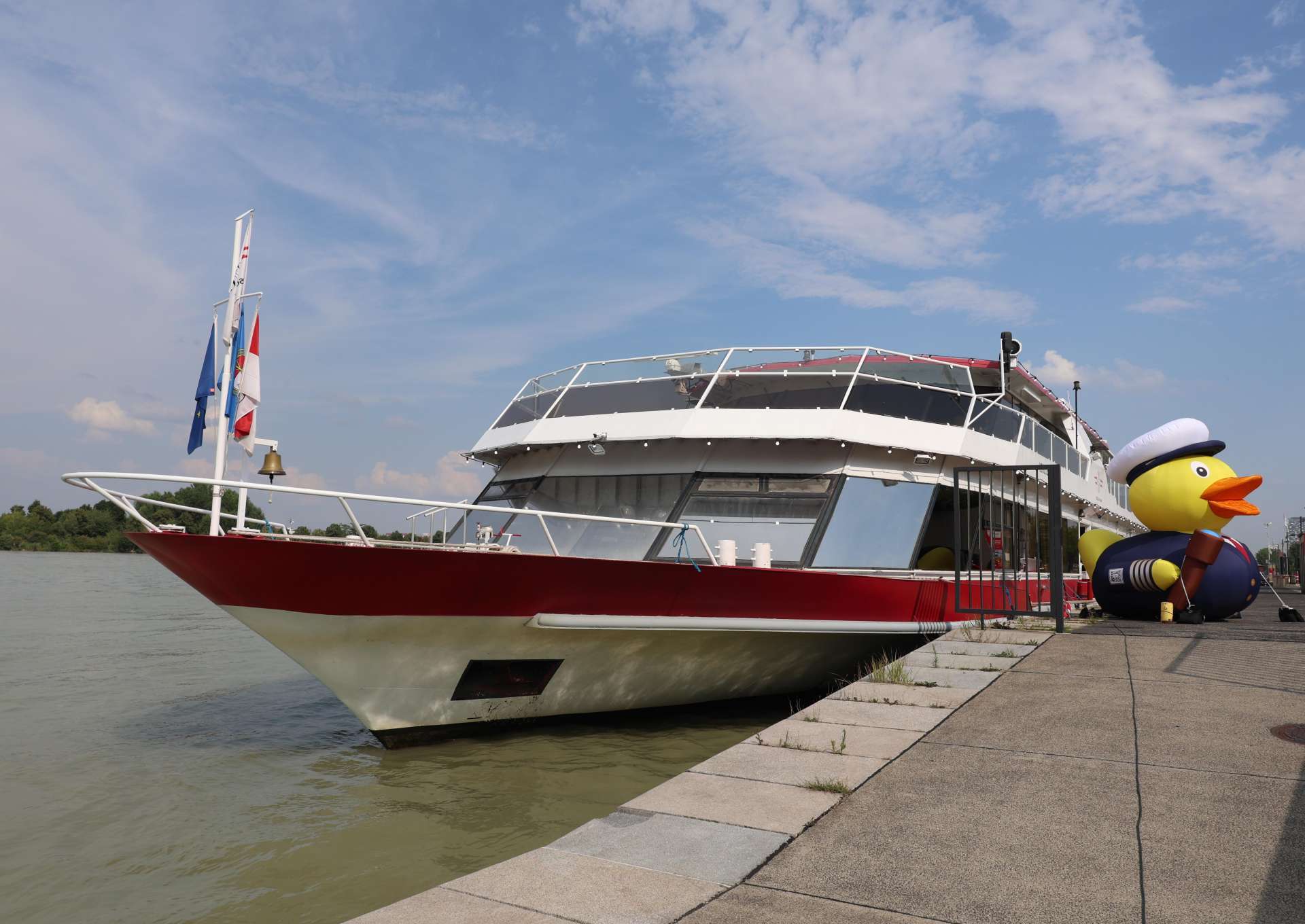
Introduction
The Danube River, the second longest river in Europe after the Volga, stretches over 2,860 km, flowing through ten countries from Germany to the Black Sea. Its importance transcends geographical boundaries, being a crucial source of transportation, trade, and cultural exchange for centuries. In light of recent events impacting the riverbanks and surrounding communities, understanding the Danube’s role is more relevant than ever.
Recent Developments on the Danube
In recent months, several countries along the Danube River, including Austria, Hungary, and Romania, have faced significant challenges due to climate change. Unprecedented drought conditions have severely reduced water levels, impacting navigation and, consequently, trade. A report by the European Commission in August 2023 highlighted that cargo shipments along the Danube dropped by 30% due to these low water levels. This situation has not only disrupted commercial activities but has also raised concerns about ecological stability in this vital watershed.
Political and Economic Impact
The economic implications extend beyond immediate shipping concerns. As a pivotal waterway for the transport of goods ranging from agricultural produce to industrial components, the Danube supports numerous economies across Central and Eastern Europe. Countries reliant on the river for trade are now faced with rising costs and logistical challenges, prompting discussions on collaborative regional approaches to mitigate these impacts.
Environmental Concerns and Conservation Efforts
Environmentalists warn that prolonged droughts and altered water dynamics threaten the rich biodiversity of the Danube River ecosystem. The living heritage of the river is not only crucial for its aquatic species but also for human communities that depend on it for sustenance and culture. Conservation efforts, such as the Danube River Basin Management Plan, are being reinforced to address pollution, habitat restoration, and sustainable usage of resources. Workshops and initiatives are being organised in key cities along the river to raise awareness and promote sustainable practices.
Conclusion
As we look to the future, it is imperative for stakeholders from various sectors to collaborate in safeguarding the Danube River. With the intertwined nature of environmental health and economic prosperity, investments in sustainable management of the river’s resources will prove essential. The challenges being faced today could be a catalyst for necessary reforms, ensuring that the Danube remains a lifeline for generations to come. Understanding its significance helps illuminate paths towards more resilient communities and ecosystems in the face of climate change.
You may also like


Exploring the Wonders of Isla Cangrejo in Tenerife
